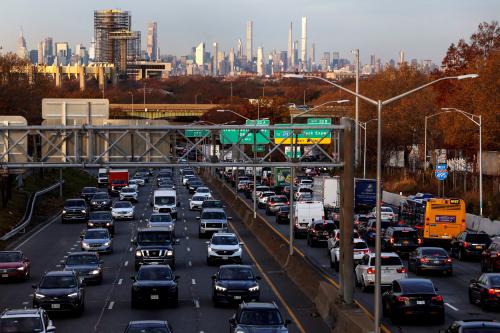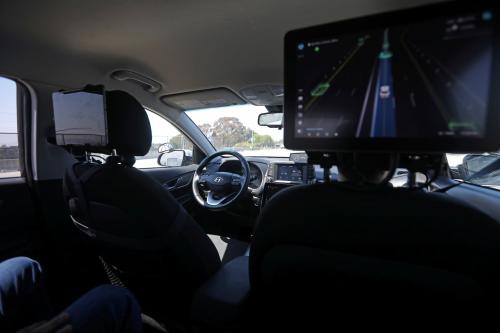I just had a debate with Joel Kotkin, whom many consider to be an apologist for sprawl. Surprisingly, there is a convergence between his view of the next generation of real estate and infrastructure development and mine: a constellation of pedestrian-friendly urban development spread throughout metropolitan areas, redeveloping parts of the central city and transforming the inner, and some outer, suburbs. There are certainly differences between the two of us: I happen to see significant pent-up demand for walkable urban development and massive over-building of fringe car-oriented suburban housing and commercial development.
In fact, I see compelling evidence that the collapse of fringe drivable suburban markets was the catalyst for the Great Recession, and the lack of walkable urban development due to inadequate infrastructure and zoning is a major reason for the recovery’s sluggishness. Joel feels the demand for walkable urban development is a fraction of the future growth in households. I think rail transit, biking and walking infrastructure are crucial to make this walkable urban future happen; Joel thinks bus rapid transit is as far as we have to go in the transit world … making cars more technologically efficient is his main answer.
Though, stepping back, Joel and I agree on the main issue, the redevelopment of the central city and the transformation of the suburbs into more human scaled environments, the reason we may disagree on the magnitude of what I think is a structural shift in how we build is the continued use of obsolete terms and data sets.
This happens all the time in social science research. It is best reflected in the story of a drunk who staggers out of a house late at night, dropping his keys near the front steps. He walks the 20 feet to the curb by the street light and starts looking for his keys there. A friend asks him why he is looking there since he dropped them at the front steps. The drunk replies he is looking for the keys by the curb because that is where the light is. Social scientists look for answers where the data sets are, not always where the “keys” are.
Our metropolitan data sets are compiled according to ‘central city’ and ‘suburbs’ classifications and have been for decades, providing longitudinal data particularly prized by researchers. Unfortunately, the concept of dividing the world into city versus suburbs is no longer so relevant. I have been dividing metropolitan places as either “drivable sub-urban,” meaning low density, modular, and dependent upon the car/truck for most trips; or “walkable urban,” meaning at least five times more dense and integrated and dependent upon many transportation modes (transit, biking, and, yes, cars and trucks). Using this distinction, metropolitan New York City has walkable urban places in Manhattan, parts of Brooklyn, Queens, and the Bronx, and in downtown White Plains, Hoboken, Jersey City, Princeton, among many other suburban places. Drivable development may predominate in the suburbs, but probably half of New York City itself is drivable sub-urban; including the majority of Staten Island and possibly half the Bronx and Queens. In the future, assuming Joel and I are both right, this confusion is just going to get worse.
We need move away from 20th century concepts that confuse the conversation. If I am right, 70 to 80 percent of new development should be in walkable urban places, and my research leads me to think the majority of that development will be in the suburbs.
The Brookings Institution is committed to quality, independence, and impact.
We are supported by a diverse array of funders. In line with our values and policies, each Brookings publication represents the sole views of its author(s).



Commentary
Walking — Not Just for Cities Anymore
July 9, 2010